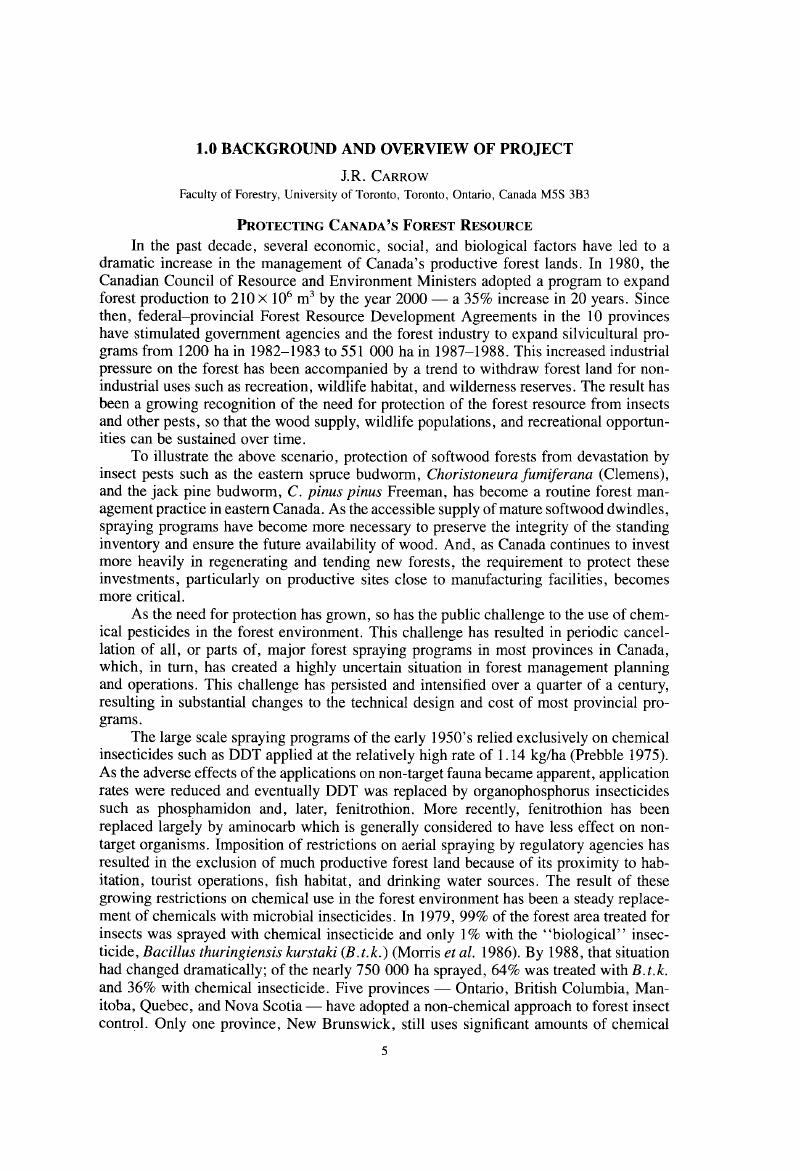Houseweart, M.W.,
Jennings, D.T.,
Pease, S.H., and
Lawrence, R.K..
1984 b. Alternate insect hosts and characteristics of forest stands supporting native populations of
Trichogramma minutum Riley.
Misc. Rep. 300.
Univ. Maine at Orono, Coll. For. Resour., Res. Bull. 5.
32 pp.
Google Scholar 